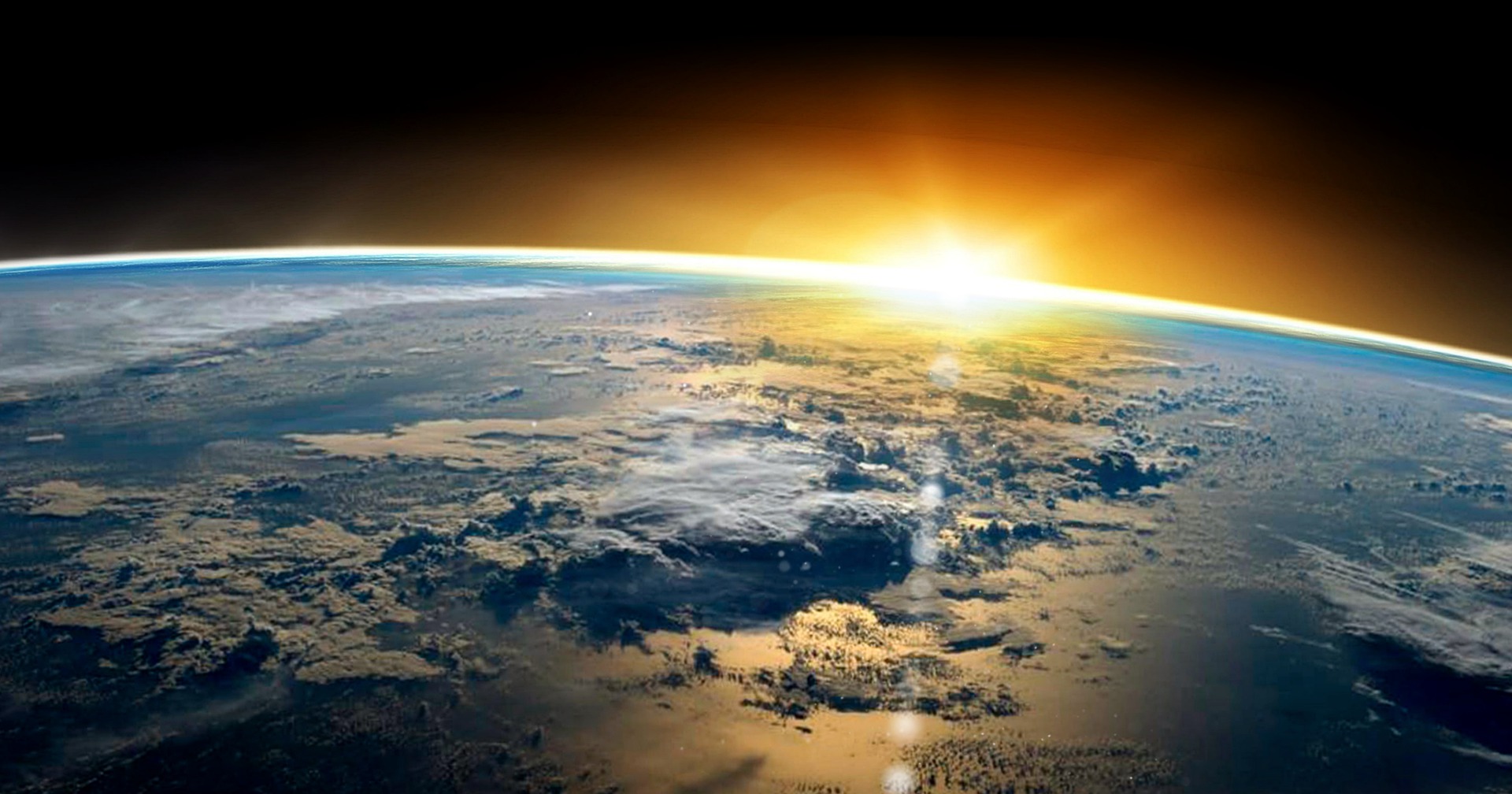The fact that Venus is much closer to the Sun than our planet (108 instead of 150 million km) may explain why Venus should be much warmer than Earth. However, this certainly does not explain the fact that the temperature on the surface of Venus reaches 460 degrees Celsius and the atmospheric pressure is a hundred times higher than the pressure on the Earth’s surface, which is similar to what we can find a kilometer under the surface of water. It is so dense that even relatively small winds are able to drive stones across the surface of Venus like flowing water. And as if this were not enough, the planet is covered with a thick layer of opaque clouds, from which sulfuric acid sometimes drips.
No wonder even the robotic probes that landed on the surface of Venus were able to hold out in these conditions for a maximum of several hours. Weather conditions soon ended their lives.
So the question is: what went wrong?
why the planet, which according to our knowledge could have once evolved in the same direction as the Earth, has become a place so hostile to life.
Scientists at the Southwest Research Institute I decided to take a closer look at the early stages of the planet’s development. They were prompted by the fact that the planet has a relatively small surface, although there are no moving tectonic plates on Venus.
Read also: Venus is not a dead planet! Volcanoes are proof of that
An analysis of asteroid impacts that both Earth and Venus experienced early in the formation of the solar system showed that the impacts on Venus were characterized by higher velocities and higher energies. This may, in turn, have caused the planet’s interior to warm, which in turn triggered more intense volcanic eruptions that effectively rejuvenated the planet’s surface.
Venus is full of volcanoes
This theory is supported by the fact that Venus has over 80,000 volcanoes, sixty times more than Earth. They spew huge amounts of lava, effectively rejuvenating and most likely still rejuvenating the surface of the planet.

Until now, astronomers have had trouble explaining such intense volcanic processes to this day. However, recent models suggest that long-term volcanic activity may have been caused by ancient, energetic collisions with asteroids, which heated the planet’s core for a long time, which in turn led to intense internal melting processes. According to the researchers, the high collision velocities on the surface of Venus are responsible for 82 percent of the melting. Venus mantle. These processes have created a mantle made of liquid rock around the globe, which is constantly heating the planet’s core.
Also read: NASA will send two probes to Venus. He will spend a billion dollars on it
So it turns out that the only thing that scientists need to explain the nature of Venus is to take into account the history of collisions with small bodies of the solar system. The planet’s high volcanic activity suddenly made sense without any other parameters having to change.
Probes that will fly towards Venus over the next decade, such as VERITAS or DAVINCI, will be able to confirm the results of this work further. Who knows, perhaps it is explained why the planetary twins take such radically different paths through life.

Echo Richards embodies a personality that is a delightful contradiction: a humble musicaholic who never brags about her expansive knowledge of both classic and contemporary tunes. Infuriatingly modest, one would never know from a mere conversation how deeply entrenched she is in the world of music. This passion seamlessly translates into her problem-solving skills, with Echo often drawing inspiration from melodies and rhythms. A voracious reader, she dives deep into literature, using stories to influence her own hardcore writing. Her spirited advocacy for alcohol isn’t about mere indulgence, but about celebrating life’s poignant moments.


![This may be the pension of KRUS after the assay. There will be a double-digit increase – we have the account [24.07.23] This may be the pension of KRUS after the assay. There will be a double-digit increase – we have the account [24.07.23]](https://d-art.ppstatic.pl/kadry/k/r/1/7b/42/64b94cd3b07a1_o_original.jpg)






